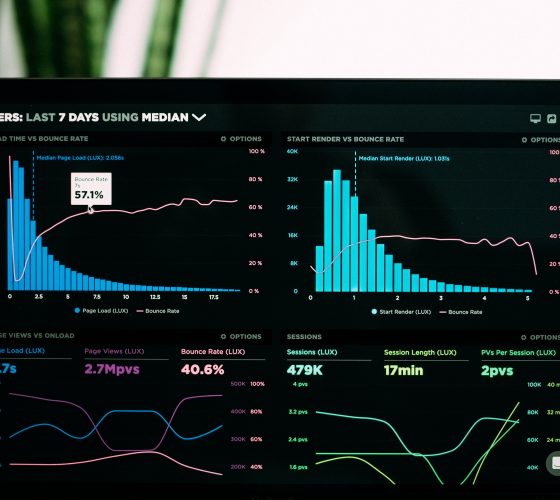Home Articles Software development Signs you need a new database
If you are juggling too many spreadsheets, users have lost faith in your database, or it takes forever to extract any meaningful data – it could be time to switch to something new.
When you started, your current data management system may have suited you well. But as the company has grown and more people need to access it, it may no longer be working for you. It could be that you use spreadsheets, which have become too many to manage. Or you could be using a database that no longer does what you need it to.

Signs you need to make some changes
If your current system isn’t up to scratch, a bit of time invested now can improve efficiency and ultimately provide you with a solid platform from which to deliver a better customer experience.
The challenge – You no longer trust the data
If users have lost faith in your current system and find it a hassle to use – they may have stopped using it and found their own way of working, such as using Excel spreadsheets or Word documents. Having data in multiple locations makes it impossible to pull trustworthy results and can lead to inaccuracies, customer errors and dissatisfaction.
- Speak to the system users and list the core issues stopping them from using it. It could be that simply getting the bugs fixed will make the difference.
- Run some refresher training to ensure that staff are using the system correctly – it could just be a simple training need.
- Start an initiative to clean it up. People will respond well if they know that somebody cares about the quality of the data and that it is used and valued. Even if you decide to replace the system, you will almost always need to transfer the data to the new system, so cleaning it up is always beneficial.
- Empower employees by giving them ways to highlight poor quality or missing data early in the process. Get them involved in finding ways to improve the system.
- Speak to a development company about linking your current system together, so you only have to enter the data in one central location, and it automatically updates everywhere. Reducing the number of systems you have to update can improve efficiency and minimise the risk of errors. Having one place from where to manage your data will make it easier to comply with laws relating to data protection. For example, if you need to remove a customer’s details from all your business systems.

Find out how we developed a data management system for Oxford-based charity, Dogs for Good, which has led to increased confidence in the data.
The challenge: You are juggling too many spreadsheets
When you started, using a spreadsheet may have worked well for your requirements. But as your business grew, so did the data, and perhaps the number of people who needed to access it. Now, your perfectly suitable system is no longer ideal. Providing a centralised system that is easily accessible allows you to pull data at any time, making users better prepared for daily activities, customer interactions and future planning.
- If you are all working on multiple spreadsheets or systems, accessibility could be an issue. Consider a solution with a web interface to provide easy access to all users with internet access. Making it easy for users to access the system will make them more likely to use it. It is also far more user friendly and can help guide users to input data correctly and make the whole process easier.
- It is risky if staff members are not documenting data correctly, as if they leave, they will take it all with them! It is also not a secure way of working and makes complying with GDPR rules difficult. It is worth testing a scenario. If one of your largest customers changed their contact details, how many places would you have to change it? Are you sure you know them all? If you have any doubt about the answer, then you have a problem.
The challenge: You are jumping between many different systems
You may have many systems that have to be updated individually. Not only is this time-consuming, but the more systems you need to manage and update, the higher the risk of errors.
- Speak to a developer about integrating all your systems – this saves time because you only have to add the data in one place as it will automatically update all the others. Linking systems can also boost staff morale as systems are easier to use. The improved efficiency can save money and be passed on to the customer or added to your sales margins. You don’t necessarily need a whole new integrated system built. Ask your developer about APIs and how they can link all your systems together.

Find out how we integrated systems for Viamonde and created one data point for easy updating and accessibility.
The challenge: Creating reports is difficult and time-consuming
One of the benefits of having a secure, well-built database is that all your information is more easily accessible. A well-designed, easy to use database will lead to more people using it correctly and result in better quality data. But good data is only useful if you can easily extract it and produce meaningful reports that can be shared and used to inform future decision making. As your company grows and the amount of data increases, manually sifting through the data can be a long and manual process. Having the ability to press a button to create regular reports will save a lot of time.
- Speak to a developer about setting up automated reporting for reports that you run regularly. If your current system doesn’t allow for easy reporting, speak to a development company about adding this functionality for you.

Find out how we set up one-click reporting for Oxford-based charity, Onside Advocacy.
Get in touch
Alberon is experienced in building and developing secure, accessible, easy to use data management systems and integrating them with your other systems. Get in touch to find out more about how we can help your business.